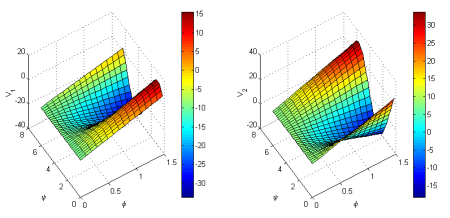Once a while, somebody asked me about my dissertation. Since I am working in software industry these days, it is a bit awkward to mention my previous physics and electrical-engineering related work. Now the job becomes easier. I can point those curious guys to the following paper:
This 8-page text is basically a condensed version of my dissertation, the 2.5 MB PDF file is available for download (free). It would appear in the upcoming Vol. 16, Issue 23 of Optics Express, one of the leading peer-reviewed journal in optics (impact factor last year: 3.709).

In a nutshell, the paper consists of two parts: optical retarder characterization and implementation of FPGA-based controller. The first part deals with modelling and estimation of characteristics of off-the-shelf lithium-niobate polarization transformers, then the characterization result is used to calibrate the respective retarders. It uses a new approach based on quaternion analysis. Learning quaternion is a life-changing experience for me, and it seems natural to use it in this context. Unfortunately, as a footnote in my dissertation says “Although, rather surprisingly, quaternion is hardly employed in literature on polarization analysis”.
The second part is a bit about the controller itself. It comprises an FPGA, some peripherals, and few optical components. The implementation employs a lot of tricks that were imaginable at that time so that the controller can run as fast as possible (control iteration time of 2 us) and in limited resources available on Xilinx Spartan 3. It was a hard task for the few of us. Finally we pulled it off and made it work reliably in a series of experiments. To date, the 15 krad/s stabilization experiment that is reported in that paper is still the fastest endless optical polarization tracking ever recorded on this planet.
Even these days, I often ask myself, what was in my mind when I decided to pick up this challenge back then?